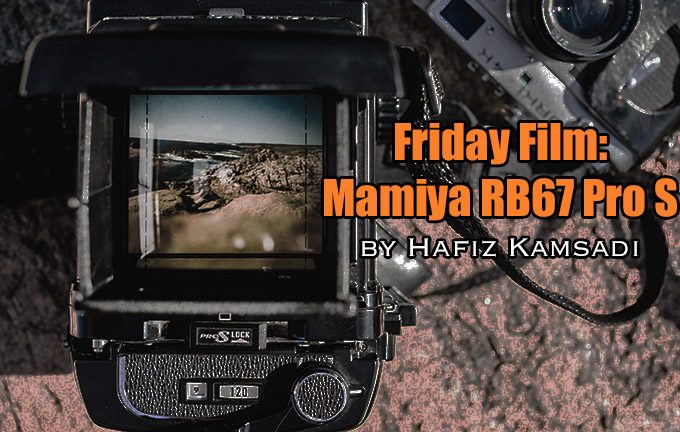
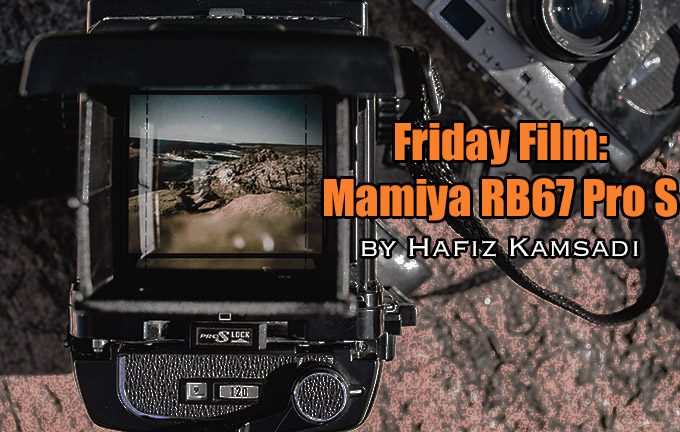
Friday Film: Mamiya RB67 Pro S
by Hafiz Kamsadi
Hi Steve & Brandon,
Firstly, thank you so much to you both for everything you’ve done for the photographic community so far! Such fantastic passion and commitment to all things photography has really made this my daily site to visit for inspiration and fresh ideas and opinions.
I am a 24-year-old Singaporean based in Perth, Western Australia and I started photography 8 years ago shooting for my school’s media club. Understandably, I started off with DSLRs (Canon) but it was never more than just a hobby at that point in time. Fast forward 8 years (and MANY cameras and lenses from GAS) and I recently started a side business 3 years ago, as my hobby turned into my passion and love for photography.
My point is, after going through Canon, Fuji mirrorless, back to Canon, and then Sony A7r system, I felt that I needed a change from digital and decided to make the jump into FILM! I had ZERO experience with film cameras or different film types and it was all new to me. After a few weeks of reading and after finding a pretty sweet deal secondhand, I purchased my very first film camera, which also became my very first MEDIUM FORMAT camera – the Mamiya RB67.
All I could say was WOW! Addressing the common perception with this camera: Was it big and bulky, heavy, slow to use, hard to focus, not that many fast lenses? Yeap, all that and more. But there’s nothing you can’t do without PATIENCE and PRACTICE. Here was a 1970s camera used and abused by so many professionals from that period and here I was 40 years after production still learning how to make the most out of this wonderful beast.
The Mamiya RB67 shoots 10 images from a 120mm film in a 6×7 format which in itself was a big change from the 3×2 ratio that I was used to from Full frame digital. My deal came with 3 lenses, a 50mm f4.5, a 127mm f3.8 and a 180mm f4.5. In full frame 35mm terms, that’s roughly a 25mm f2.2, 64mm f1.9 and a 90mm f2.2.
The thing I enjoy most with the RB67 from the very first shot till now is still that HUGE mirror slap that probably causes tremors. Shaky photos? Yes sometimes but I practice good form and technique so it has improved tremendously. That bright and big viewfinder was like going to the movies every single time i look down into the waist-level viewfinder. The all mechanical machine with zero electronics meant that every single motion and action I did was all up to me. No autofocus, no metering, no auto film winding and I found it a JOY and a breath of fresh air from all the digital settings that we are all too accustomed too.
With all the comparisons with different digital sensors from different manufacturers, have a look at the insane options of film! Each film stock has its own unique characteristics and strengths and weaknesses. It was wonderful to try various film to learn and experiment. The smooth tonal range of 120mm film, the grain (or lack thereof), and the HUGE latitude you get with film that is still unsurpassed with digital (Portra 400 has 19 stops of dynamic range!!).
Ultimately, it was the experience of re-learning photography from scratch that tugged my heart to film. Any error in the final photo was noone’s to blame but mine. I understood how to meter by looking at the quality and intensity of the lights and shadows and I appreciated composition and the quality of a scene more than anything since I only had 10 shots per roll. I purchased an Epson V700 scanner to minimise the high costs of lousy lab scans to maximise the beauty and quality of each roll I had. Till this day, NOTHING beats the feeling I have when I get back my film negatives and slides (especially my Fujifilm Velvia slides!) and popping it into my scanner, make adjustments and make the final test print as the final product.
After 6 months with the camera, it felt like digital was too easy. Yes digital was convenient and efficient and I still use it mostly for my work. But every chance I get, I go analogue and I shoot film because it refreshes my soul.
I think I could go on and on about film so I shall stop here! xD
I am still new to film and am learning new things everyday. I normally use Kodak Portra 160, 400, Ektar 100 and Fujifilm Velvia 50 & 100. I occasionally shoot TMAX 100 and Delta 3200.
I hope my story and my images below will be a source of ideas and inspiration to a few, just as the countless previous posts on this website have been an inspiration to many.
You can find more of my work on my online portfolio at hafizkamsadiphotography.com
Please also support me if you like my work:
Instagram: @hkamsadi
Facebook: Hafiz Kamsadi Photography
Thank you Steve for this avenue to express myself and happy clicking and snapping to you all 🙂
Your film photographer,
Hafiz: Mamiya

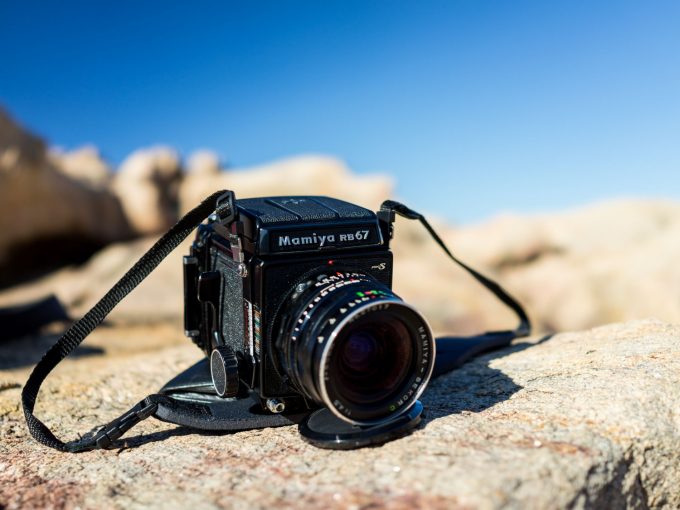
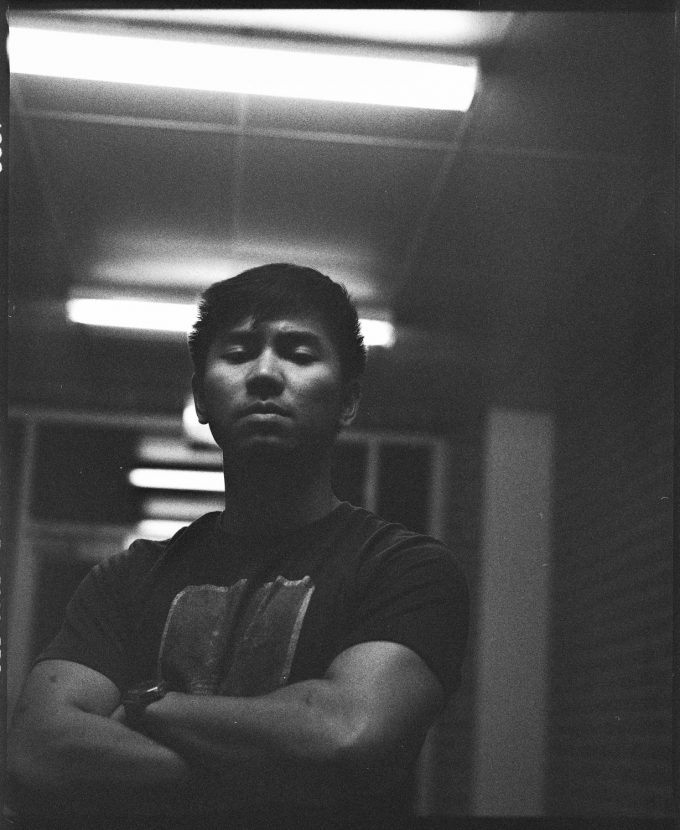
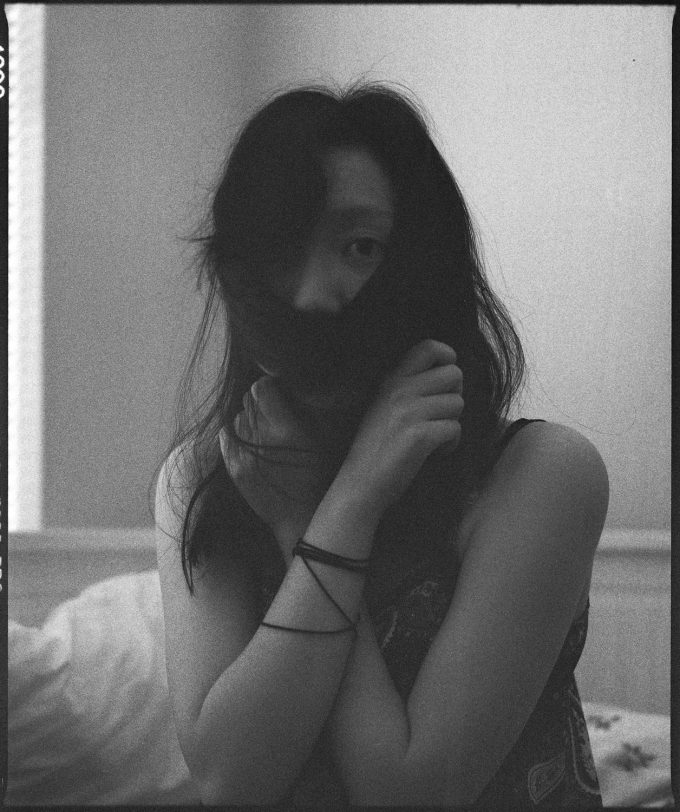
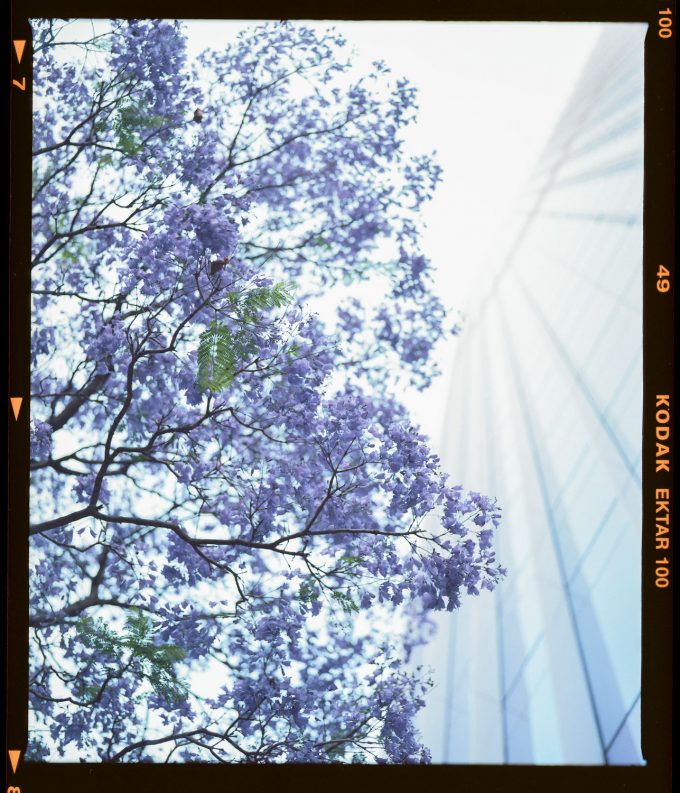
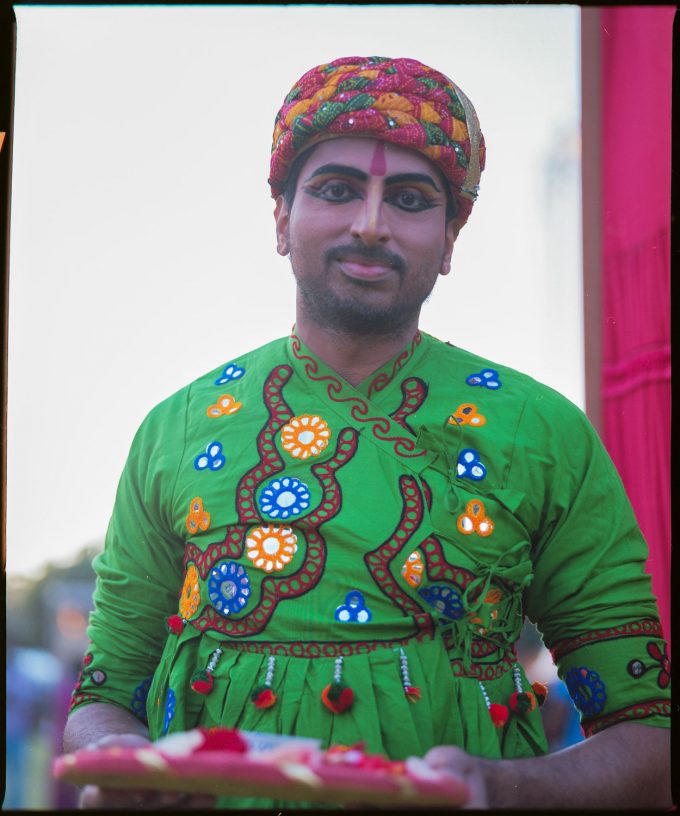
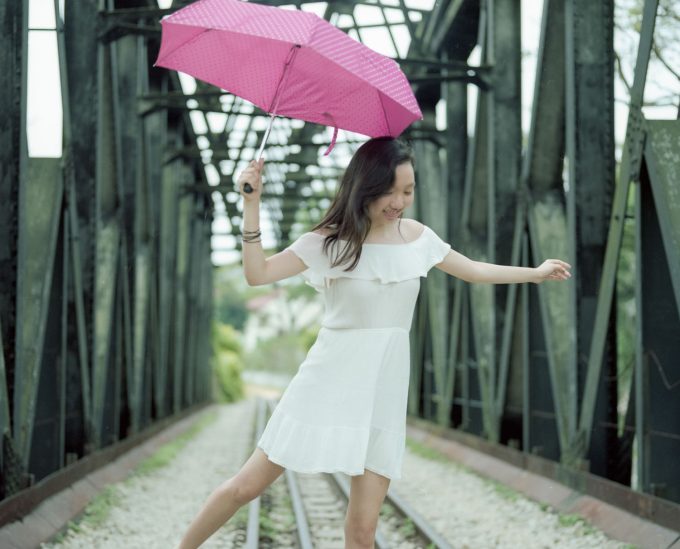
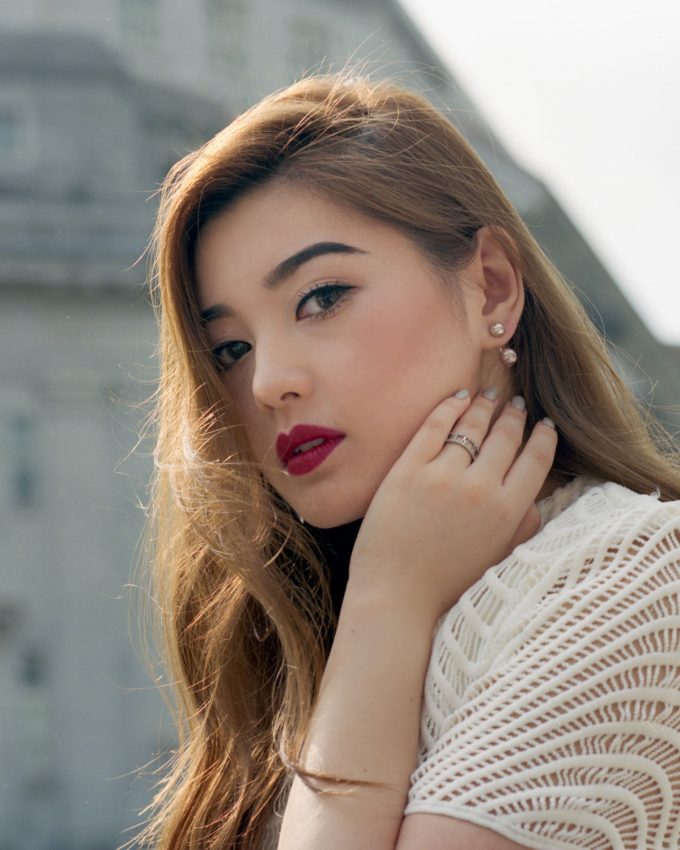
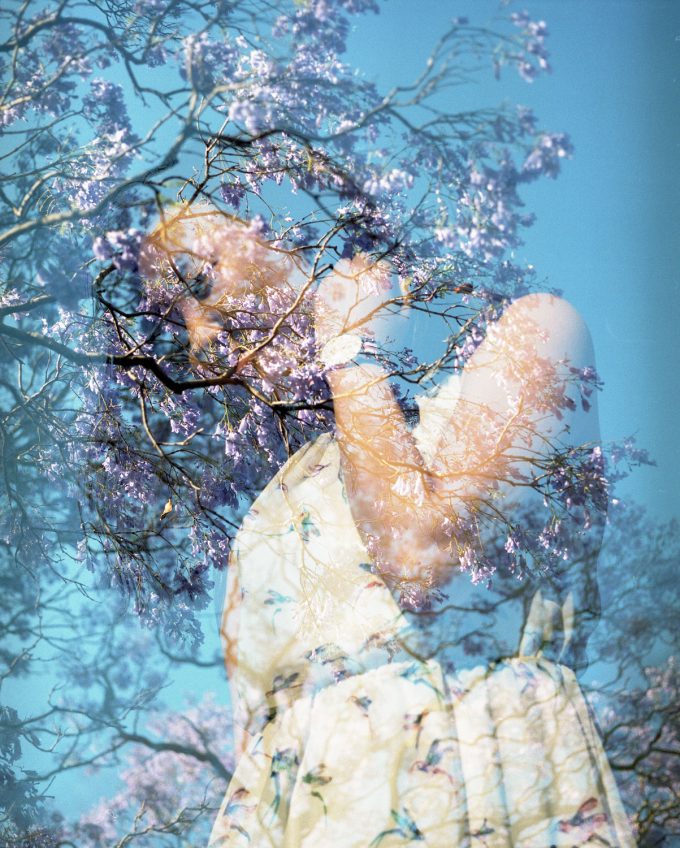
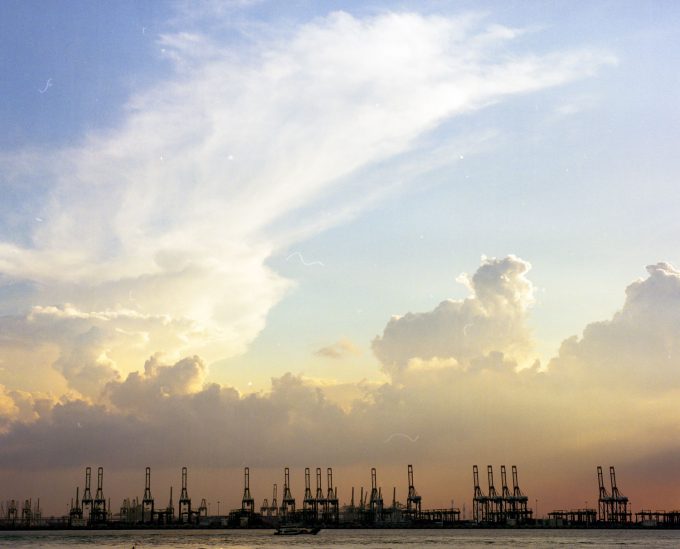
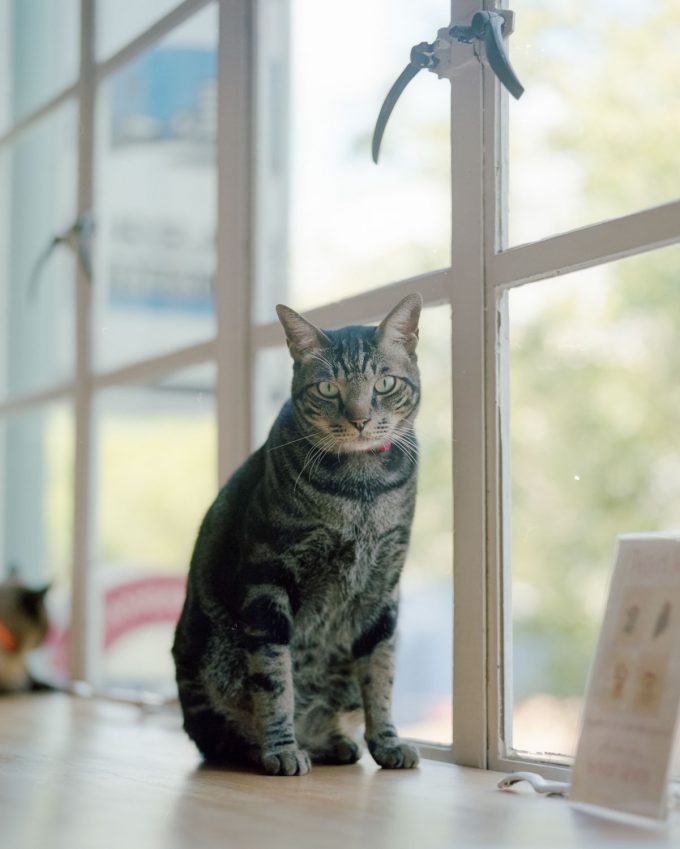
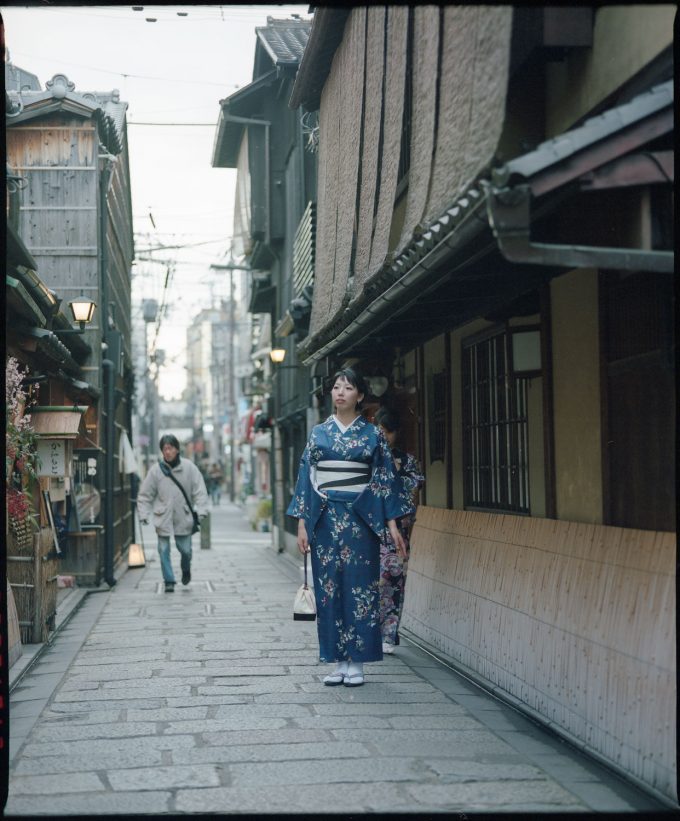
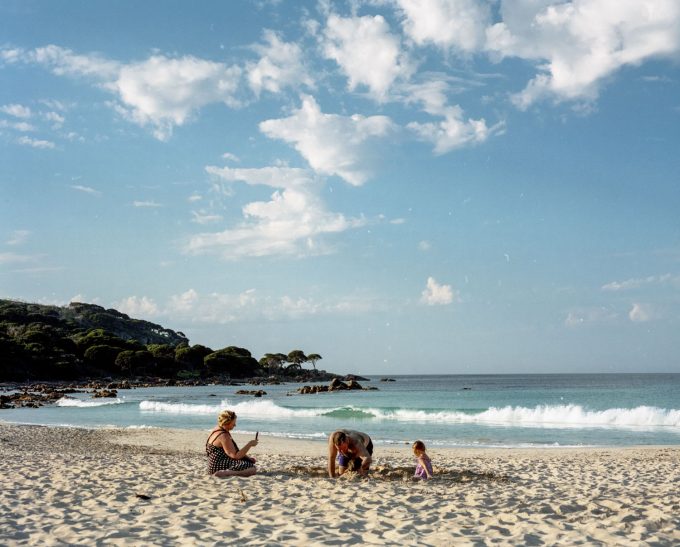
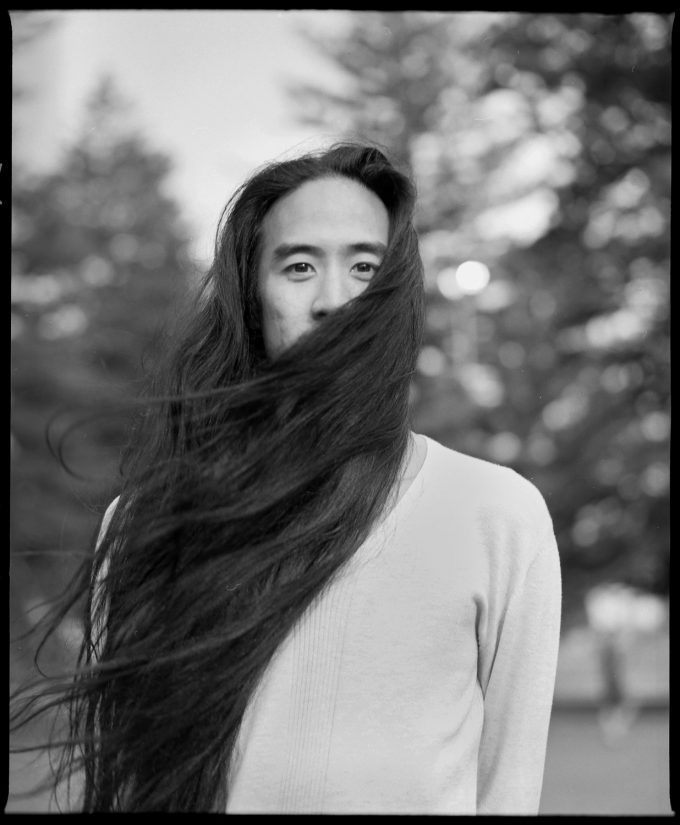
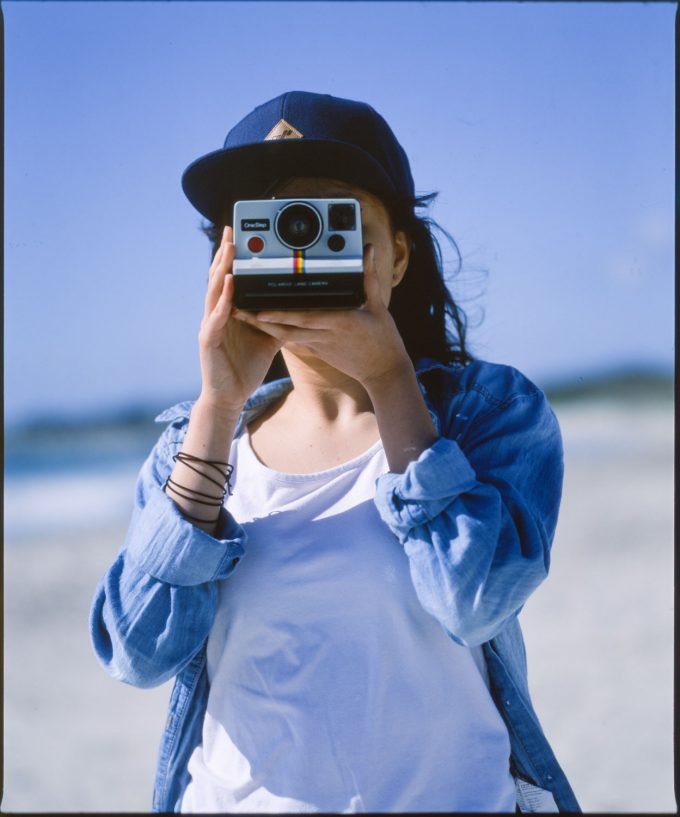
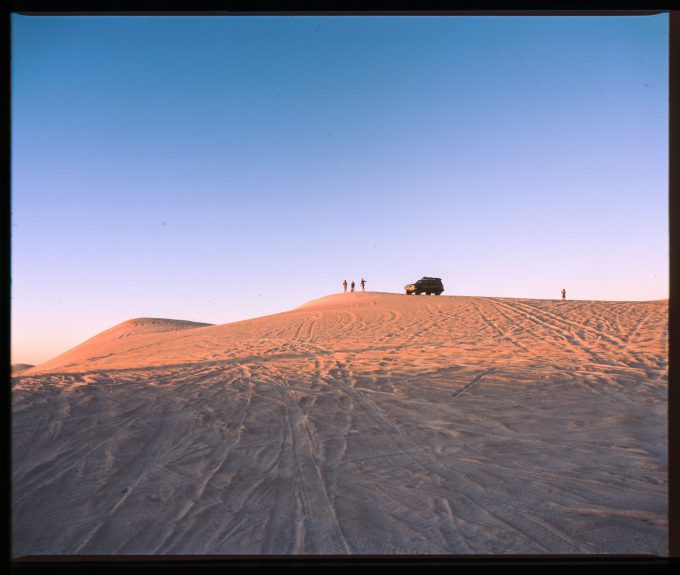
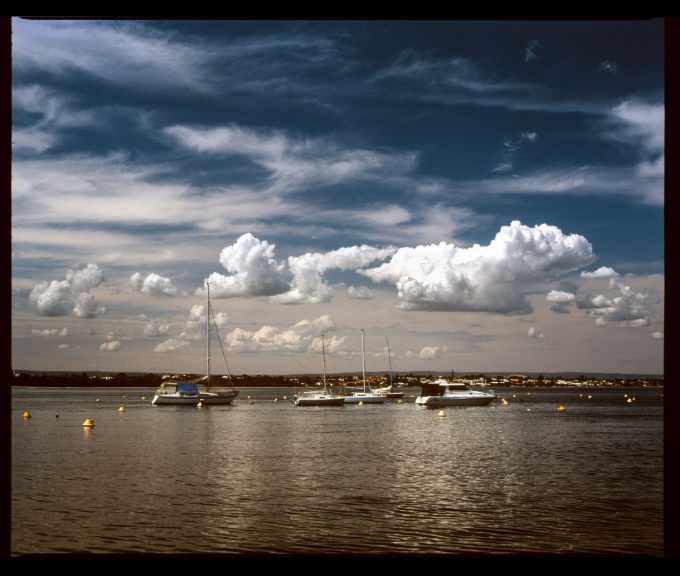
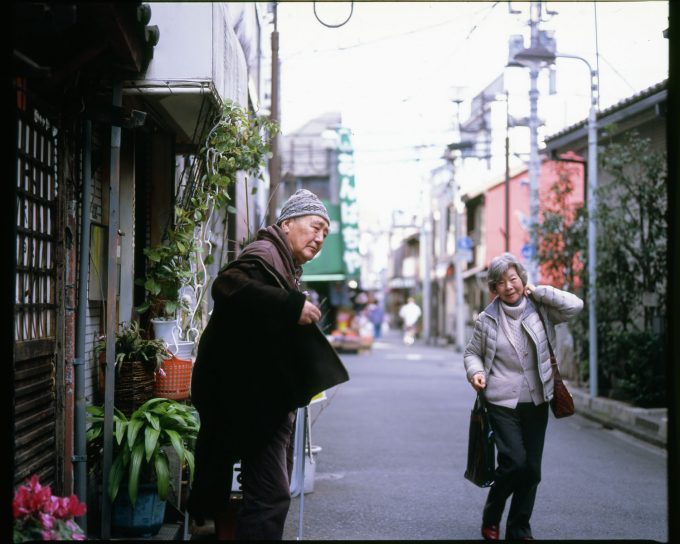
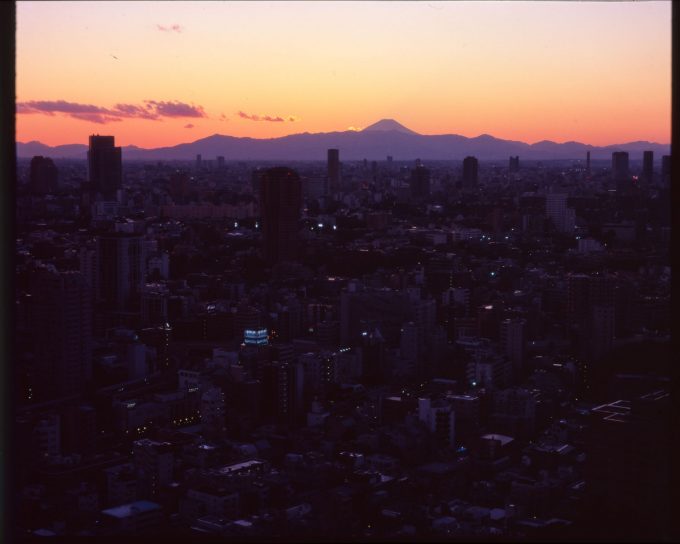
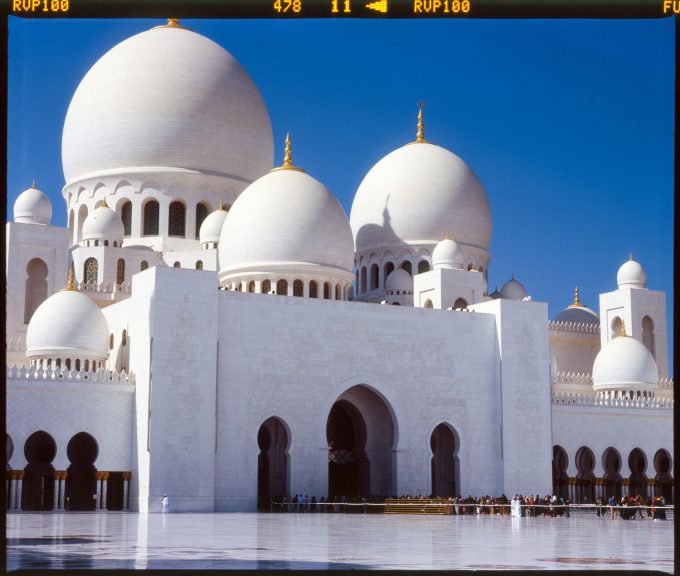
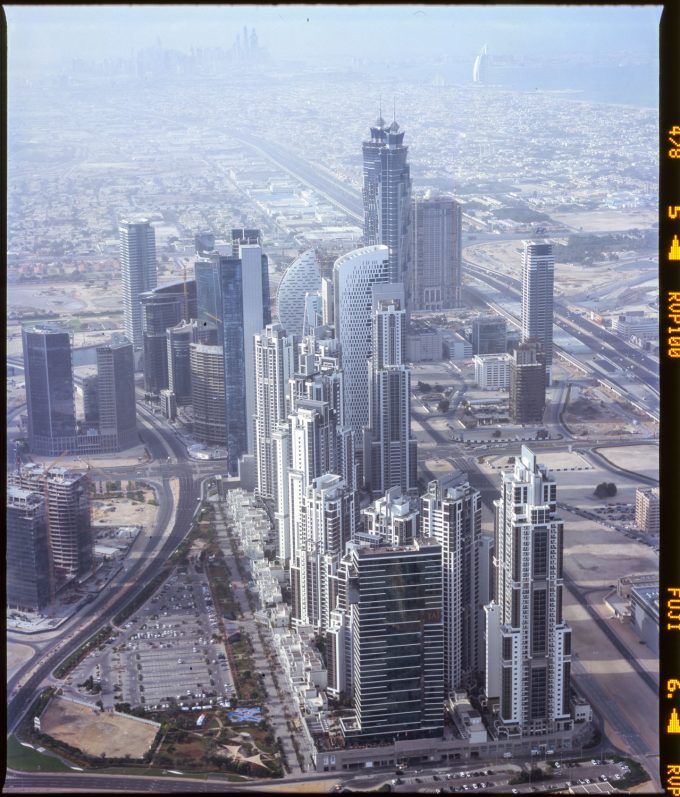
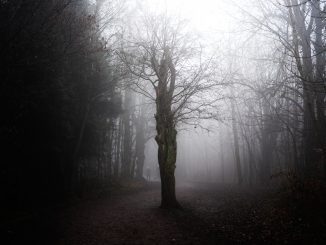

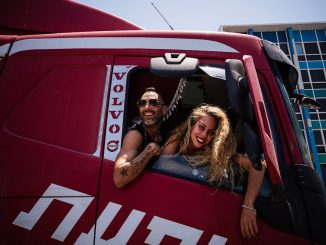
Excellent stuff Hafiz, I shoot film about 99% of the time now.
Love your images. This is my kind of photography
The RB has all you need to enjoy photography; not one but two single stroke winders. ^___^
Institutional and Engineering Controls
Film is always a great experience. Since I started a little more than a year ago, film is my go to – gas also being a factor of fun. Hunting for that film camera always makes your heart beat faster.
There is no other look like the medium format. I have 2 TLR Rollei 3.5F and Yashica Mat 124. I also gave in to having a Mamiya 6mf which I really have not had a chance to shoot more. I love its portability, rangefinder experience and silence it gives. The quality of scans even at lower resolutions are full of character.
Welcome to the film world. It will be quite a journey.
Film is always a great experience. Since i started a little more than a year back. Film is my go to. Gas also being a factor of fun. Hunting for that film camera always makes your heart beat faster.
There is nothing like medium format. I have 2Tlr rollei 3.5f and 124mat. I also gave in to having a mamiya 6mf which I really have not had a chance to shoot more. I love the portability, rangefinder experience and the silence it gives. The quality of scans even at lower resolutions are stunning.
Welcome to the expanding world of film.
Love your images.
I have many film cameras. The Mamiya rb67 is a gem of a camera. Super smooth mirror and shutter. Hand holdable at 1/30th of a second. I found hasselblad V bodies aren’t as mooth as the rb67.
May I suggest you try fuji provia 100F. It’s a good general purpose transparency film.
My personal favourite is still Portra 400.
If you want to try something that will really make you slow down, I suggest a Linhof technical camera. I would also suggest a 6×12 film back over a 4×5 film only because of the convenience. 4×5 is annoying to load and is one image per sheet of film.
Thank you Noel I am glad you enjoyed them.
Surprisingly I find it easy now to handhold at 130th and even 1/15th with good form due to the heavy weight making it stable. Yes! I did buy some provia 100F for 35mm but none yet for 120mm. And ditto with Portra 400 🙂
I think that will be something to consider down the road but for now, I want to spend a few years understanding and mastering the Mamiya.
Thank you for bringing the merrits of mediumformat back to attention. I have always loved how mediumformat presents space, how the relations / transitions of foreground, middle and distance is drawn. This is caused because of the relatively large frame and could, theoretically !, be mimiked in combination of smaler formats and larger apertures, but it’s still different in appearance,- in favour of mediumformat. And this has nothing to do with sharpness, grain etc. The look of mediumformat is different and I think this is related to the different scale of the projected image onto the frame. And most important: not only the scale of the plane of focus, but the scale of the space in front and behind the plane of focus !
A few years ago I tried hard to mimic the look and appereance of 6×7 cm negatives with 35 mm in using equivalent scales and apertures, but I wasn’t succesfull.
Unfortunately there’s no substitute for the real thing. There must be a reason why the portraitists in Hollywood used 8×10 back then, and the reason for this was not only the possibility of retouching,- but the look. Whether this is important for your photographic work, you have decide for yourself.
Thank you for viewing and for your comments. And thanks for that added information on the unique characteristics of a bigger imaging plane. I too tried to mimic the medium format look using the brenizer method. The results were interesting but the transition from in focus to out of focus was too abrupt and made the image jarring to my eyes. Some may love it and some may not.
Thank you Steve for posting my submission. This really inspires and motivates me to contribute more in the near future.
awesome reading. as a photographer who learnt on film and now using digital, you’ve inspired me to throw a roll through my old medium format or Leica M6. well done young man.
Thank you for viewing and for your kind words. I look forward to perhaps seeing some results from that roll in the future on this site 🙂
awesome reading. from someone who learnt on film and now using digital, I’ve been inspired to throw a roll through my old medium format and Leica M6. thanks
I fully get you buddy. I went on a similar journey and the fulfilment I get from using my Mamiya is immense. Sure I could slow down and go manual on digital as well, but there is something magical about using my Mamiya and how it all works together.
Absolutely. Magical is the word 🙂
Groovy camera! I don’t think I could quite handle it, though. 😉 Maybe there is a big advantage to using bigger cameras: you shoot less, but you are more deliberate in how you shoot. How much do you pay to process E6 film? It must be very expensive by now.
Anyway, some of these photos are fantastic. I love the one of the sailboats in the harbour. I wonder, is there any hidden detail in the highlights of those clouds?
I had a look at your site and I was reminded at how poorly digital cameras capture light sources, such as stars. I think there are no more than two digital cameras on the market that can handle point sources properly. Otherwise, film is probably still the best medium for astrophotography.
I also don’t really like the Epson V700, but I understand that the V800 is much better.
Thank you for visiting my site Karim 🙂 It costs $15 per roll to process E6 at a pro lab here in Perth with a turnaround of 3-4 days, and I have been satisfied with the results so far. That does make it expensive in absolutes but relatively speaking, there’s still no 6×7 digital medium format sensor so I guess film is still my only option for that “sensor size” 😛
Using a bigger and heavier camera with no electronics and full manual definitely makes me slow down to observe a scene longer than I would with a smaller camera with automated functions since more thought is given to each shot. And it doesn’t necessarily mean that the results beat digital because digital sensors have their merits too. My vote for film in some instances is towards the experience of the actual shooting, waiting for development, scanning and printing that make it all so tactile and personal. I remember the photos that I take from my digital camera, but I remember the moment of a scene when I use my film camera.
For the sailboats photo, it was captured with Velvia 100 which has a narrower latitude for highlights as compared to Portra 400 (my favourite film) which I used for the family at the beach photo and the sunset beyond the cranes photo. A comparison of these clearly shows how much more highlight detailed is retained on Portra 400.
I don’t have many comments for the V700 but it works for me. I do know that there are other scanners (Fuji Frontier I think) that are heaps better (but also cost way more).
Awesome.
Thanks
Truly inspirational!
Thank you!
Sorry that should be Bronica (Hate auto correct)
Nice images, might dust my Bronco or my ON1n. thanks for sharing.
Thank you! Yes you definitely should it’s always a joy and something special to look at images taken by other film photographers.
You and your images make a fantastically good case for film! Thank you.
Thank you for your kind words 🙂